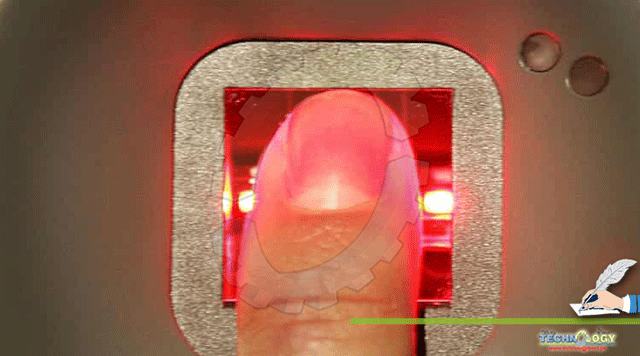A few decades ago, sophisticated biometric technology could only be seen in sci-fi movies, but now it’s an essential part of our daily lives. From making payments to accessing our offices and airports, biometrics are crucial for almost every technologically advanced society.

Most Common Types of Biometrics
1. Fingerprints
Using fingerprints for authenticating and identifying individuals goes back to the 1880s. According to ExpressVPN’s piece, human fingers have up to 85 points of minutiae or unique ridges and valleys used for comparing prints. As for now, the FBI hasn’t found two individuals who share more than eight points of minutiae. It has a wide range of uses. It is especially crucial in law enforcement, where it’s used to identify crime victims and perpetrators and conduct background checks. Commercially it’s most commonly used for gaining access to devices and buildings.
2. Facial scans
Facial recognition systems identify people by using face topography and measurements unique to every individual. It compares facial features to databases of known faces until it finds the perfect match. Facial scans can be crucial in tracking down suspects and missing persons, and they’re used for a significant number of commercial purposes. Aside from unlocking devices and accessing the premises, facial recognition proved to be a valuable tool in planning marketing campaigns and sending personalized ads based on customers’ facial expressions and behavior.
3. Iris and retina scans
They use infrared light to identify distinctive features of the human eye. Iris scan examines the complex range of colors, while retina scan analyses the unique pattern of blood vessels. It’s applied to secure access to buildings and devices, but it’s most frequently used to control national borders due to its high accuracy and the possibility of quickly examining a large number of individuals.
4. Voice recognition
Human voice characteristics are as unique as their fingerprints. Voice recognition technology uses up to a hundred identifiers in a human voice to distinguish one person from another. These identifiers include accent, cadence, pronunciation, and other similar sounds that indicate the size and shape of a person’s vocal tract.
Security Risks of Using Biometrics
1. Increased surveillance
With a greater number of surveillance cameras emerging all over our cities, governments can track our movements and habits much more easily. Private companies use smart technology and keep an eye on our behavior and preferences to adjust their marketing campaigns and personalize ads for each individual.
2. The chance of misidentification
Even though biometric technology has taken giant leaps forward, some methods still lack accuracy. There are numerous cases where false identification leads to wrongful arrests. Furthermore, IEEE’s research showed that facial recognition algorithms have been unjust to some demographic groups, particularly Black Americans, women, and people from 18 to 30.
3. Compromised biometrics are compromised forever
Passwords are easy to lose and forget. While the opposite applies to biometrics, they can cause different problems. Unfortunately, if someone gets access to your biometric information, it’s compromised forever. People can’t reset their fingerprints nor the color of their eyes.
How to Protect Your Data
Be careful whom you trust
Make sure to check the terms and conditions before signing up to different services to prevent sharing your biometric data with untrustworthy parties that can sell your information and cause serious security and privacy concerns.
Use multi-factor authentication
Since neither authentication method is foolproof, use them together to protect your accounts better. Multi-factor authentication most commonly implies using a standard password combined with a biometric factor and device. For instance, you can use your password in combination with a fingerprint and a token.
Opt-out if possible
Remember that you can’t restore tainted biometric information and share it with caution. If you’re asked to verify your identity, check if you can use other authentication methods before providing your fingerprints or other biometric data.
Biometrics can make our lives more convenient, but there are many hidden threats you should be aware of. Thus, stay informed and use these suggestions to protect your biometrics in the future.